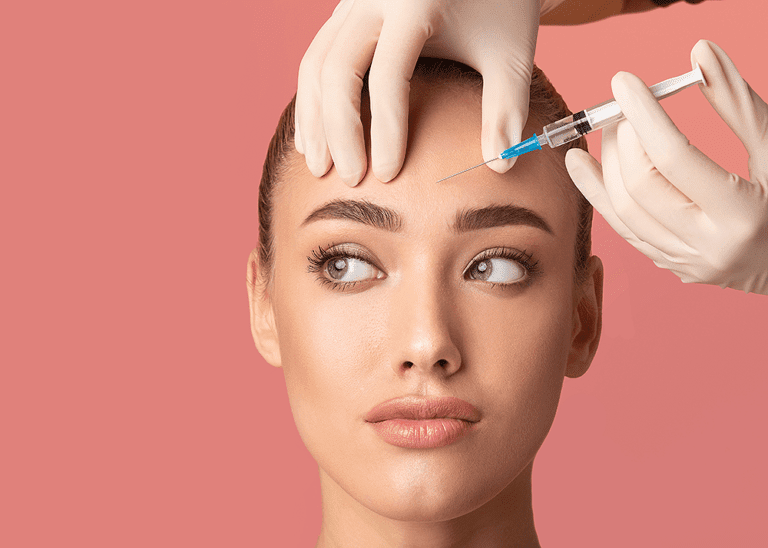Answers to your Neurotoxin Questions in Lethbridge Part 1

Lethbridge Plastic Surgery Answers Your BOTOX Questions… We had quite a few questions about Botox and Dysport come in on our Instagram page and thought they’d be worth addressing in a blog post. Read on!
What is a neurotoxin?
Both Dysport and Botox are types of neurotoxins that block muscle contractions. Both are widely used as facial wrinkle treatments. They’re both derived from botulinum toxins, which are safe in small amounts.
Neurotoxins works by blocking nerve impulses to the injected muscles. This reduces muscle activity and relaxes facial lines.
Which types of toxins are used at LPSA?
We use both BOTOX® and Dysport® to improve the look of moderate-to-severe lines affecting the forehead and corners of the eyes.
What areas are commonly treated with neurotoxins?
The most commonly treated areas include forehead lines, frown lines, and the “crow’s feet” lines.
Medical uses:
There are medical uses for toxins too, at LPSA we use them to relieve migraines, TMJ and hyperhidrosis (excessive sweating)
Is the injection permanent?
The effects are temporary but usually last 3-5 months.
What are the possible complications of neurotoxin injections?
While both BOTOX® and Dysport® are approved by the FDA for the treatment of dynamic wrinkles and for many other medical treatments, there is always the possibility of complication with any medical procedure.
Some possible complications include:
- Pain, swelling or bruising at the injection site.
- Droopy eyelids (blepharoptosis)
- Infection at the injection site.
What is the complication rate of unintended blepharoptosis (eyelid drooping)?
This is a very uncommon complication of Botox. It’s something that’s well described. As far as an actual rate of it, in the literature, I’m not sure what that is… but I know from my personal experience in my practice, the rate of it is essentially zero at this point.
I think a lot of people may confuse brow ptosis with actual blepharoptosis. Brow ptosis is more common after a Botox injection, and that involves injecting the Botox a little too close to certain part of your brows which can cause them to be a bit lower on your forehead.
True blepharoptosis is where you paralyzed your levator muscle that elevates your eyelid. When you get a real blepharoptosis, you get Botox into that levator and your eyelid is essentially half-closed on your eye and you can’t open it.
Again, in our practice, it’s very, very rare. If I had to put a number on the rate, it would be much less than 1%.
Read part 2 to have more neurotoxin questions answered.
If you have questions about Botox and any other medical aesthetic procedure, we’d love to hear from you! Book a consultation with one of our experts to discuss your best treatment options.
Social Media
Follow us on Instagram and Facebook for real-time updates on what’s happening at Lethbridge Plastic Surgery!Neur
What’s up with Exosomes?
What’s Up with Exosomes? If you’ve been hearing about exosomes
Treatment for Double Chin
Injectable Treatment for Double Chin Are you bothered by fullness
